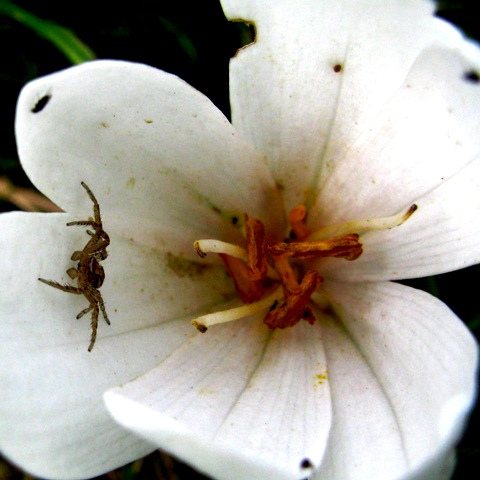
Where in the World is
Culchicum Autumnale?
Autumn Crocus can be found in various locations
around the world. It is most common in Europe (also the native home
of
Holly) and North Africa. It has also
crossed the ocean and made its way to America. Its homed in the
states of Oregon, Utah, Kentucky, North Carolina, District of
Columbia, New York, Vermont, New Hampshire, and Massachusetts.
Soil Types
These flowers are more commonly found in grassland or forestland,
usually in a sunlit position. They prefer fertile soil with good
drainage. In the wild they can be found in substrate made up of
limestone with a neutral pH although they can survive in varying
pH’s from 4.5 to 7.5. Because of this it is easier for them to
withstand cold temperatures as low as -20 degrees. They can be found
at altitudes up to 2100m but, most often are at regular level in
hilly areas. In Italy it is commonly found in the Apennines but is
found in other places as well. In addition to this people have grown
them just sitting on top of a layer of moist rocks. In all they are
not a picky flower.
sunlit position. They prefer fertile soil with good
drainage. In the wild they can be found in substrate made up of
limestone with a neutral pH although they can survive in varying
pH’s from 4.5 to 7.5. Because of this it is easier for them to
withstand cold temperatures as low as -20 degrees. They can be found
at altitudes up to 2100m but, most often are at regular level in
hilly areas. In Italy it is commonly found in the Apennines but is
found in other places as well. In addition to this people have grown
them just sitting on top of a layer of moist rocks. In all they are
not a picky flower.
Interactions
Although you may want to spice up your garden
with this pretty bloom you might want to reconsider, especially if
you have pets. There have been many reports of dogs,
 cats, or even
rabbits ingesting this plant. It usually results in vomiting blood,
diarrhea, or shock. Even larger animals like deer and horses can be
affected to various degrees. Other organisms such as
bees can still use the flower as a source of nectar though. Even
spiders and other small things can use it as a place for shelter.
cats, or even
rabbits ingesting this plant. It usually results in vomiting blood,
diarrhea, or shock. Even larger animals like deer and horses can be
affected to various degrees. Other organisms such as
bees can still use the flower as a source of nectar though. Even
spiders and other small things can use it as a place for shelter.
Meadow Saffron can inflict damage on other organisms but it can also
be harmed itself by a fungus called Uruocystis cepulae.
This fungus, also known as onion-smut, attacks the scales on the
corm, reducing them to black dust. It can be found in Europe, the
U.S., Africa, and Australia as well as parts of Egypt, Japan, Peru,
and other places.
Continue to Adaption. Go to MultipleOrganisms.net Return to Home.